In summer 2005, the Forest Practices Board conducted a compliance audit of forest planning and practices of the British Columbia Timber Sales (BCTS) program, and timber sale licence holders, in the Rocky Mountain Forest District. BCTS’s operating areas are located in the Invermere and Cranbook Timber Supply Areas.
The Board notes that, with one exception, planning and practices undertaken by BCTS and its timber sale licence holders complied with legislative requirements in all significant respects.
The significant non-compliance noted in the audit relates to sediment from road building and upgrading by the holder of timber sale licence (TSL) A69888—that has, or has the potential to, adversely affect fish streams. Of particular concern is that the TSL holder, independently from BCTS, sought and got approval from the Ministry of Forests and Range for a road use permit to upgrade a long section of forest service road (FSR), adjacent to a fish stream to access a timber sale, but did not follow the permit conditions designed to minimize the amount of sediment entering the stream.
On September 7, 2005, a resident of Elkford filed a complaint asserting that Tembec Inc. (the licensee) was needlessly harvesting Douglas fir trees while harvesting pine beetle stands and had been leaving merchantable logs and excessive slash on site. As well, the complainant asserted that the Ministry of Forests had not responded appropriately in the circumstances.
The Forest Practices Board has completed an assessment of the health of riparian areas subject to cattle grazing on Crown land across four forest districts in the southern half of British Columbia. Ten indicators of riparian health, or proper functioning condition, were measured at 391 sites in Cranbrook, Kamloops, Horsefly and Penticton districts. Half of the sites were on streams and half on wetlands and lakes.
Cattle lightly use the majority of riparian areas. Approximately 12 percent of riparian areas are heavily used based on our estimates of forage utilization. Overall, 71 percent of the sites are at proper functioning condition, 16 percent are functional at risk and 13 percent are non-functional. Significant differences were found between districts, with the percentage of sites at proper functioning condition ranging from 49 percent to 97 percent. The largest proportion of sites at proper functioning condition occurred in the moister biogeoclimatic zones, while the drier zones had the greatest proportion of nonfunctional sites. Riparian health scores and faecal counts in riparian areas were better in community watersheds than elsewhere. Individual pasture management was found to be a significant factor in maintaining riparian health.
In May 2000, the Concerned Residents of Sheep Creek complained to the Board that logging had damaged the Lussier River watershed. The complaint concerns harvesting approved by the Ministry of Forests in 1998 in Coyote Creek and Nichol Creek, both tributaries of the Lussier River. The complainant asserted that: continued logging has worsened erosion of private and public lands; not enough timbered wildlife habitat has been retained; the forest development plan review and comment process was inadequate; and Ministry of Forests staff provided misleading information about the status of harvested areas in the watershed. Crestbrook Forest Industries Ltd. (the licensee), now Tembec Industries Inc. (Tembec), had not completed the approved harvesting by May 2000. The licensee's intention to continue logging the approved cutblocks prompted the complaint.
On October 25, 2001, the Board received a complaint from a resident of the Moyie River valley, south of Cranbrook. The complainant's 25-acre property is completely surrounded by Crown rangeland. The complainant holds a domestic water license that permits her to take up to 1500 gallons of water per day from Noke Creek.
According to the complainant, cattle defecate in and around Noke Creek and her water intake, polluting the water. The complainant is concerned about the health risks associated with drinking the water.
